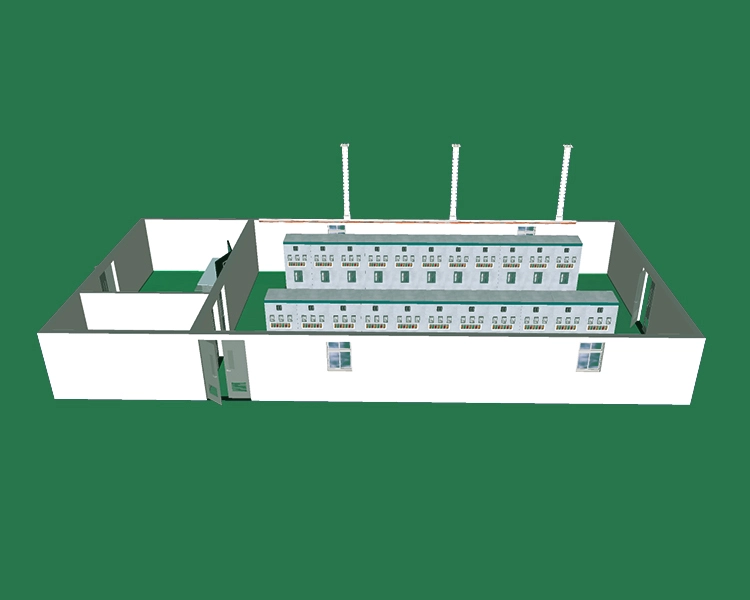en
+
In the realm of electrical power systems, reliability and safety are paramount. One essential element that ensures the integrity of power distribution networks is the dropout fuse. This humble yet vital device plays a pivotal role in protecting transformers, distribution lines, and the entire electrical infrastructure. In this article, we delve into what drop out fuses are, how they work, and where they are used.
A dropout fuse, also known as a cutout fuse, is a protective device designed to safeguard electrical equipment and systems from overcurrent conditions. The construction of a dropout fuse is relatively simple, but its working principle is highly effective. Here's how it works:
A dropout fuse typically comprises several key components:
Fuse Element: The heart of the fuse is the fuse element, often made of materials like silver, copper, or aluminum. This element is designed to melt or vaporize when subjected to excessive current.
Open-Close Mechanism: The fuse is equipped with a mechanism that holds it in a closed position, ensuring the electrical circuit is complete and current can flow.
Rated Current: Each fuse is rated for a specific current. This rating indicates the maximum current the fuse can carry without opening.
When an overcurrent condition occurs in the electrical system, such as a short circuit or excessive load, the current passing through the fuse element exceeds its rated current. Here's what happens next:
The excessive current causes the fuse element to heat up due to its resistance.
As the temperature of the fuse element reaches a critical point (its melting point), it melts or vaporizes, creating an air gap in the electrical circuit.
This opening of the circuit effectively isolates the faulty portion of the electrical system, preventing further damage to equipment and safety hazards.
Dropout fuses find applications in a variety of scenarios within electrical power systems, including:
Protection of Transformers: One of the primary uses of dropout fuses is to protect transformers from overcurrent conditions. When a fault occurs in the secondary circuit, the fuse opens to isolate the transformer, preventing damage.
Distribution Lines: Dropout fuses are employed in overhead distribution lines to safeguard the lines and other equipment from overloads and short circuits.
Substations: These fuses are used in substations to protect bus bars and other critical components from overcurrents.
Electrified Rail Systems: They are utilized in electrified railway systems to protect overhead catenary wires and ensure the safe operation of trains.
Renewable Energy Systems: Drop out fuses are crucial in solar and wind power installations to prevent damage to the system in the event of faults.
A crucial application of dropout fuses is the protection of transformers. Here's how they work in this context:
Transformer Protection: Dropout fuses are connected on the low-voltage side of the transformer. When an overcurrent condition occurs, the fuse opens, isolating the transformer from the faulted circuit.
Preventing Damage: By isolating the transformer, the dropout fuse prevents damage to this costly and critical piece of equipment. It ensures that any faults or overloads do not propagate further into the system.
YF POWER stands as one of the most professional drop out fuse suppliers and factories in China, offering unparalleled expertise and solutions in electrical protection. Our commitment to excellence, innovation, and product quality is a testament to their dedication to ensuring the safety and efficiency of power distribution networks.
For those seeking reliable drop out fuses and other electrical protection solutions, YF POWER is the partner you can trust. Don't hesitate to reach out and inquire about our comprehensive range of products and services. When it comes to safeguarding your electrical systems, YF POWER is the name you can rely on.




